Comparative Analysis of Elastomeric Foam (Rubber-Plastic Boards) vs. Other Insulation Materials
2025-06-18 15:42:10
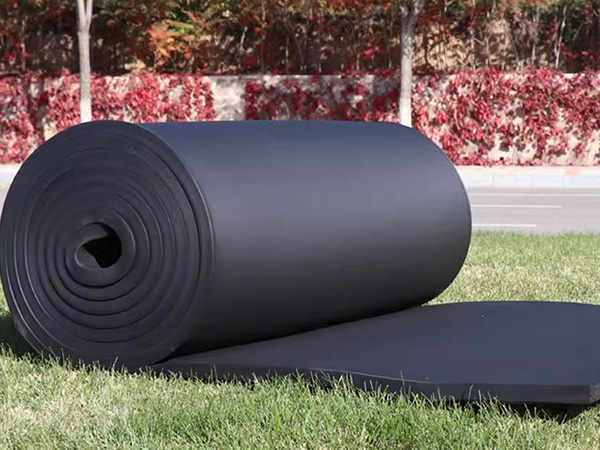
Comparative Analysis of Elastomeric Foam (Rubber-Plastic Boards) vs. Other Insulation Materials
Elastomeric foam (rubber-plastic insulation) is widely used in construction and industrial applications due to its unique properties. Below is a detailed comparison with other common insulation materials, including XPS (extruded polystyrene), fiberglass, mineral wool, and polyurethane foam, across key performance metrics.
1. Thermal Insulation Performance
Elastomeric Foam:
Low thermal conductivity (0.032–0.038 W/m·K at 0°C) due to closed-cell structure15.
Effective in both cold and moderate heat applications (-50°C to 120°C)6.
XPS (Extruded Polystyrene):
Slightly better thermal resistance (~0.030 W/m·K) but less flexible13.
Fiberglass/Mineral Wool:
Higher thermal conductivity (~0.040–0.045 W/m·K) and prone to moisture absorption, reducing R-value over time7.
Polyurethane Foam (PUR/PIR):
Excellent insulation (~0.022–0.028 W/m·K) but may degrade under UV exposure7.
Key Insight: Elastomeric foam balances thermal efficiency with flexibility, while XPS and PUR offer marginally better insulation in rigid applications.
2. Moisture & Vapor Resistance
Elastomeric Foam:
Closed-cell structure prevents water absorption (≤0.5% by volume)58.
Built-in vapor barrier (μ ≥ 4,500–10,000), eliminating need for additional membranes610.
XPS:
Moisture-resistant but can degrade if exposed to prolonged water immersion.
Fiberglass/Mineral Wool:
Highly absorbent, requiring vapor barriers in humid environments7.
Polyurethane Foam:
Closed-cell variants resist moisture but open-cell types are permeable.
Key Insight: Elastomeric foam is superior in damp or condensation-prone environments (e.g., refrigeration, coastal areas).
3. Fire Safety
Elastomeric Foam:
Class B1 (GB 8624) / Euroclass B-s1,d0 with low smoke emission58.
Self-extinguishing and halogen-free formulations available9.
XPS:
Typically Class B2 (flammable unless treated)1.
Fiberglass/Mineral Wool:
Non-combustible (Class A), but binders may smoke7.
Polyurethane Foam:
Requires fire retardants to meet B1/B2 standards; can emit toxic fumes when burning.
Key Insight: Elastomeric foam offers better fire safety than XPS/PUR, though mineral wool is best for high-fire-risk zones.
4. Mechanical Properties & Durability
Elastomeric Foam:
High elasticity, reducing vibration and noise in pipes/ducts58.
Resists UV, ozone, and chemical corrosion6.
XPS:
High compressive strength (300–700 kPa) but brittle under impact13.
Fiberglass/Mineral Wool:
Lacks structural rigidity; sags over time.
Polyurethane Foam:
Rigid foam is strong but less flexible; spray foam adheres well but may shrink.
Key Insight: Elastomeric foam excels in dynamic applications (e.g., HVAC, industrial pipes), while XPS is better for load-bearing surfaces (e.g., roofs, floors).
5. Installation & Cost Considerations
Elastomeric Foam:
Lightweight, flexible, and easy to cut/seal (self-adhesive options available)68.
Higher initial cost but lower lifecycle maintenance5.
XPS:
Rigid boards require precise cutting; joints need sealing.
Fiberglass/Mineral Wool:
Itchy fibers require protective gear; labor-intensive installation.
Polyurethane Foam:
Spray-applied for seamless coverage but requires professional equipment.
Key Insight: Elastomeric foam is ideal for complex geometries, while XPS and PUR suit large, flat surfaces.
6. Environmental Impact
Elastomeric Foam:
Some variants use 30–50% recycled content and are recyclable58.
No CFCs/HCFCs in modern formulations10.
XPS:
Often uses HFC blowing agents (high GWP).
Fiberglass/Mineral Wool:
Made from abundant minerals but energy-intensive production.
Polyurethane Foam:
Some types use eco-friendly blowing agents (e.g., water-blown).
Key Insight: Elastomeric foam is a sustainable choice, especially in eco-certified projects.
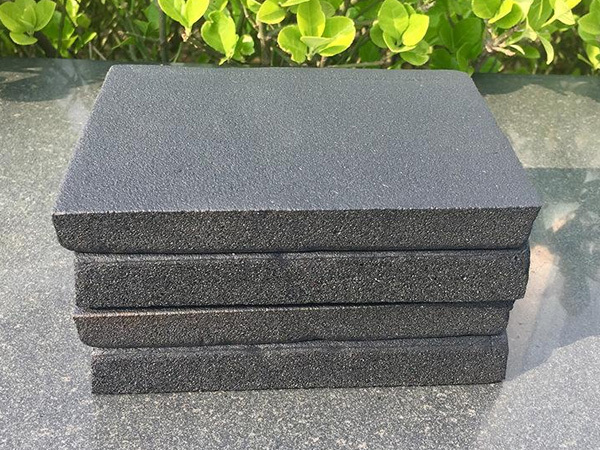
OurFlame Retardant Rubber Foamis a premium closed-cell elastomeric insulation material engi...
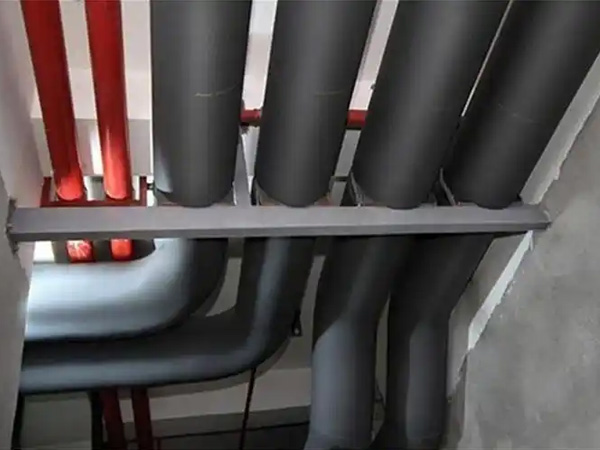
OurRubber Pipe Insulationis a high-performance solution designed specifically for HVAC pipi...
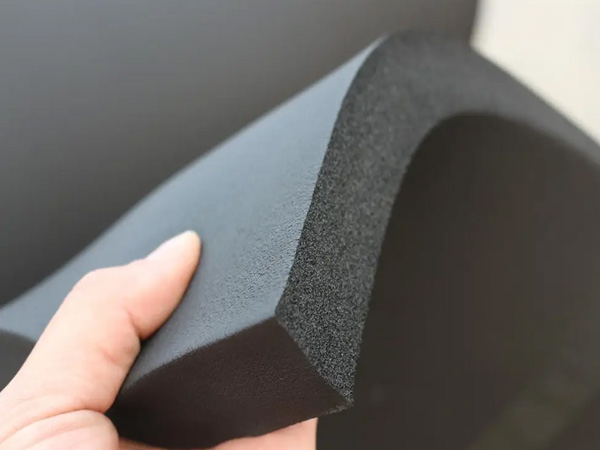
Rubber Foam Insulation Sheet – Product Introduction Premium Flexible Insulation for Therm...
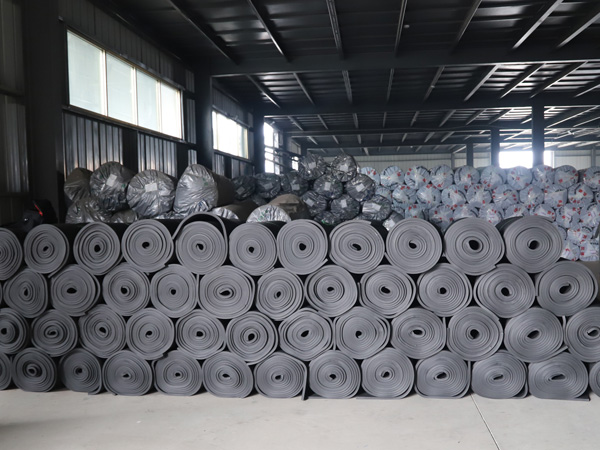
Specially engineered for refrigeration applications, ourElastomeric Rubber Insulationprovid...



